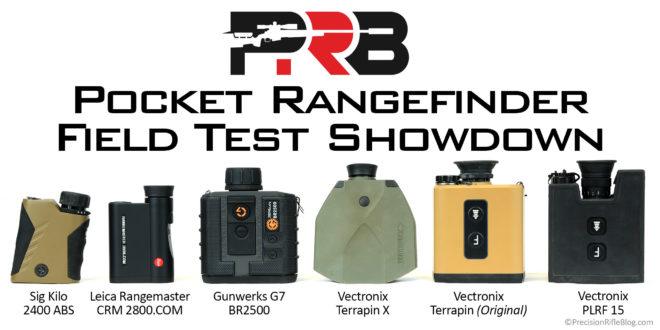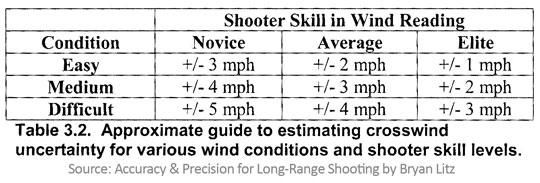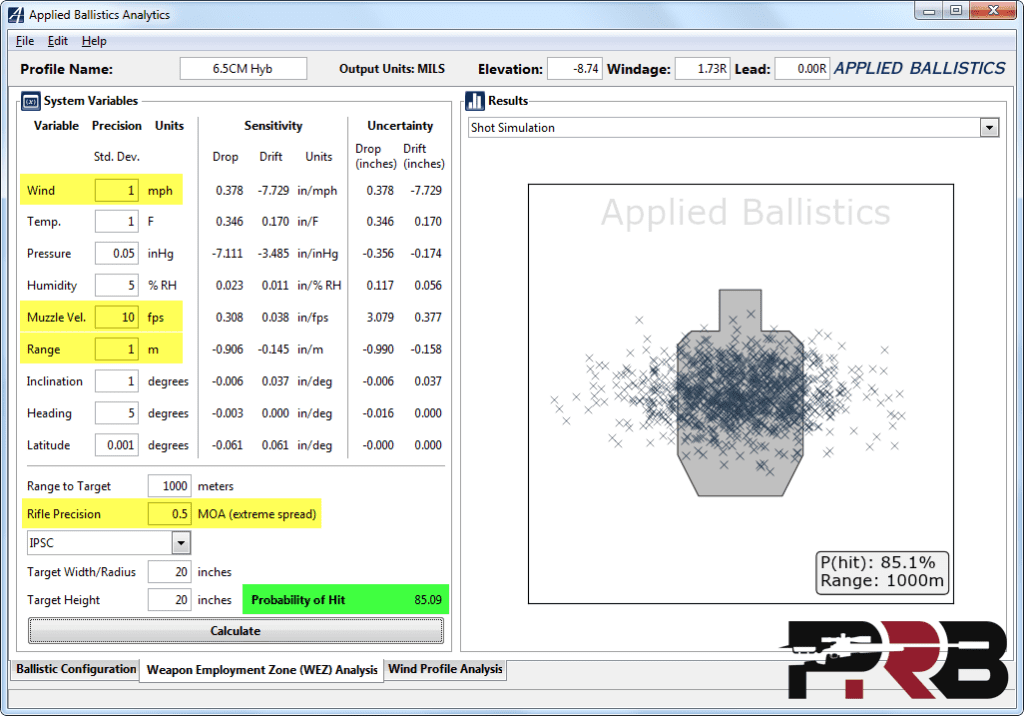maxrep99
New Member
Can anyone recommend a rangefinder + wind meter ? Budget is around $1500. I looked at the Sig Sauer 2400 ABS, but found it is not compatible with a wind meter (I looked at Kestrel 5700). I saw the Sig Sauer 2400 BDX does pair with a Kestrel, but it bothers me using my phone with the 3.5mm jack. I don't want to rely on my phone. Plus, I saw the Sig Sauer 2400 BDX only has ballistic solutions out to 800 yards. I want the ability to get solutions out to 2,000 yards.
1. Is there a way to get windage transmitted to the Sig Sauer 2400 ABS ? If so, from what wind meter ?
2. Or - is the a range finder similar to Sig Sauer 2400 ABS that pairs with a wind meter that does not rely on my phone ? If so, what wind meter ? Thanks in advance !
1. Is there a way to get windage transmitted to the Sig Sauer 2400 ABS ? If so, from what wind meter ?
2. Or - is the a range finder similar to Sig Sauer 2400 ABS that pairs with a wind meter that does not rely on my phone ? If so, what wind meter ? Thanks in advance !



